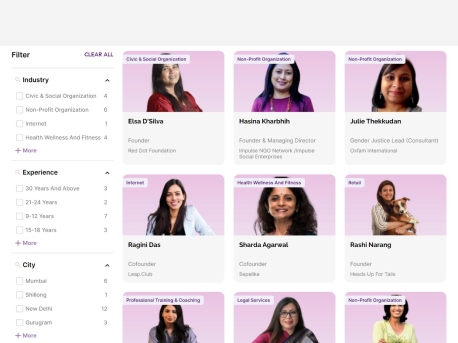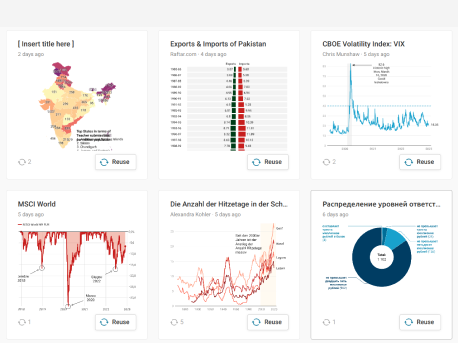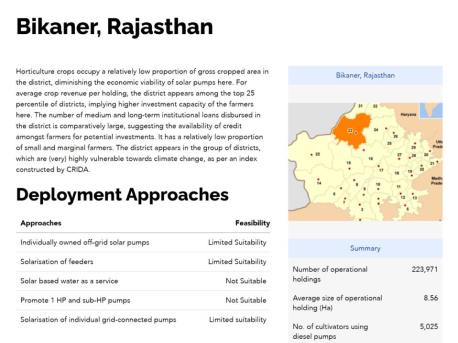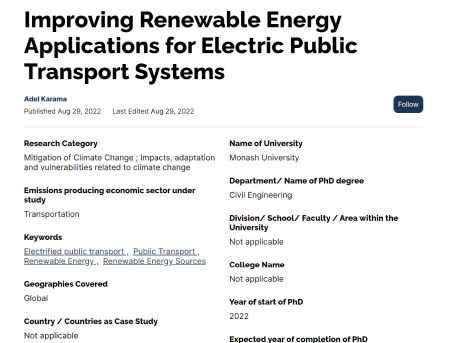
Humane Sites for Research
Communicate content, data, and evidence.
Marketing projects tend to be short-lived. Unlike them, research projects run longer and continue to have value for the larger community until there is a subsequent version of the same research. It isn’t a short-term hustle but your life’s work. You are mission-driven and are solving a problem for a community, cause or topic that you deeply care about.
Most web agencies are primarily built for strategic communication — advertisement and PR — of businesses. This reflects in their tools, design choices, and pricing.
In contrast, Humane Club (and earlier Pykih) has been in the business of being a web agency that has specialized in candid communication for over 9 years. During this time, we have served 90+ brands across 11 countries.

Beyond the tools and techniques, our contracts and values are a fit. Here’s how:
#1 – Features
Just because your data is open and available, does not mean it is discoverable and usable. With data from Google Sheets or Swipe Files from Notion, you can:
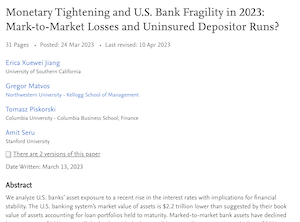
Publish your papers
(coming soon)
#2 – Tools to run a full-fledged media operation
We know that as researchers you need to explain your research through media — podcasts, blogs, videos, webinars, events, and articles. We offer you out of the box solutions to run your own media.
Like Meetup.com, launch events and collect RSVPs. Integrate with Mailchimp and run newsletters.

Communicate impact. Run Reddit.com-like subreddits by aggregate links from across the Internet. For example, if the media or donors are talking about your work, then aggregate those links (impact) in a meaningful way to build credibility and showcase impact.

#3 – A pricing model suited for your industry
We know that most research and academic work is not-for-profit and thus works backwards of fixed budgets decided in advance.
Suitable for grants. Humane Club is an annual, flat-fee subscription service. This means you know the price and what it will be like 2-3 years in the future, giving you enough foresight to raise funds.
Suitable for long-run projects. Agency model focuses on big one-time fees for one-time builds. In contrast, we earn primarily from our annual subscription fee — which means long after your project is over, we are tasked with maintaining the website up.
Willing to collaborate. Every Humane Club member subsidizes technology costs for every other member. For e.g. if a member sponsors building a feature — MailChimp integration — then all members get this new feature free of cost
#4 – Value-fit
Support as researchers would want it. All Humane Club members receive access to our Basecamp (a website and mobile app) for coordination and support for your website. Within Basecamp, you receive two levels of support. The first is self-service with community and the second is private. You’ll be able to access Basecamp via your phone too.

Reduced exposure to BigTech. We believe that small organizations can run media and commerce without fear of being de-platformed and demonetized by BigTech and with reduced exposure to vagaries of algorithm changes (Facebook Newsfeed, Google SEO changes). As a step in that direction, your website has privacy friendly web analytics and Captcha.

Inclusiveness. We offer to build you websites that are mobile-first so that even people who cannot afford high-end phones with high memory can access it from mobile browsers.
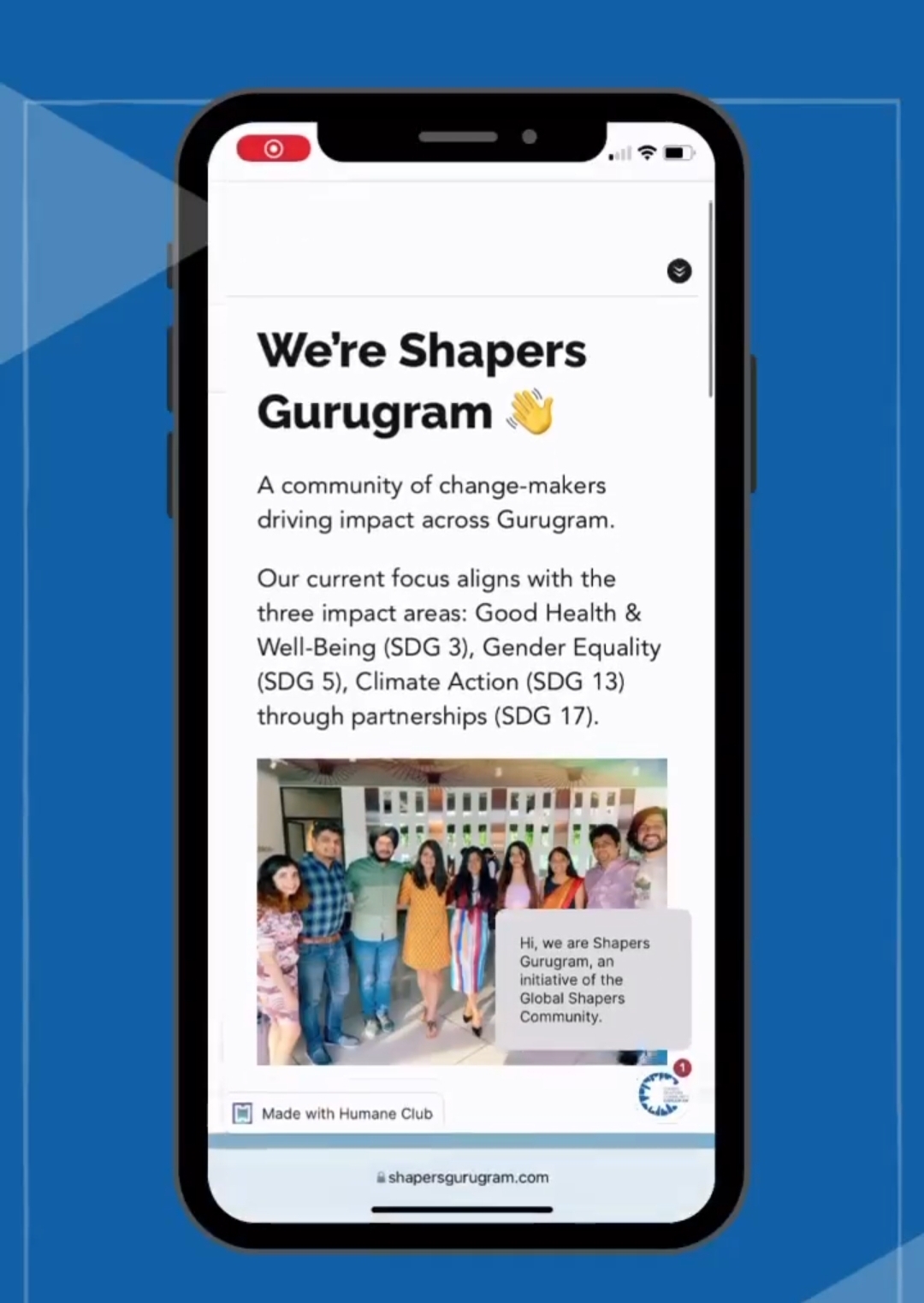
Supernormal design. Design for you isn’t just an act of visual differentiation. You see design as a means to drive consumption and utility. Hence, you want your user interface and information architecture to be clean, structured, and modern so that it drives quick consumption.
Say no to PDFs and present reports as webpages
Why publish reports as PDF files when you could launch them as web pages that can be tracked, managed, updated and organized?
PDFs degrade the user experience. They lack navigation and other interface elements that help users maintain context and move through digital content with speed and ease. The inability to navigate takes a toll on users as finding information becomes challenging and time consuming as compared to standard webpages
Give users a choice in how they consume your content; don’t just limit them to a PDF. Consider if users will appreciate also having a web version which is also SEO friendly, an audio version to listen to or a version that’s specifically formatted for an e-readers, or another format altogether that communicates the message while supporting the user’s task and context.
#5 – Co-invest in your technology with the community
A “website” in 2022 isn’t a strategic differentiation. It is a table stakes! Yet the cost of designing, building, maintaining, and upgrading one is fairly high. Either you spend an inordinate amount of time figuring it out or you spend a truckload of money with agencies. With Humane Club, your costs are already low because you are co-building by default. Alternatively, multiple think tanks can come together and co-invest in new features.
Here are some items from our roadmap:
1. Present reports as webpages instead of PDFs: Creating an online reading experience with interactive table of contents, footnotes support, scroll to progress indicator.
2. Copy Tables: researchers end up adding data tables in reports, articles etc But unfortunately, they are in form of images which makes it hard for other researchers to copy it in their excel and analyse it further. Hence, we plan to add support for tables with copy option.
3. Automatic citations with tooltips: can be used to add reference to the source or show complex definition of the terms.
4. Comparator: allow visitors to choose any two pages of same entity (e.g. two states) and then compare them.



